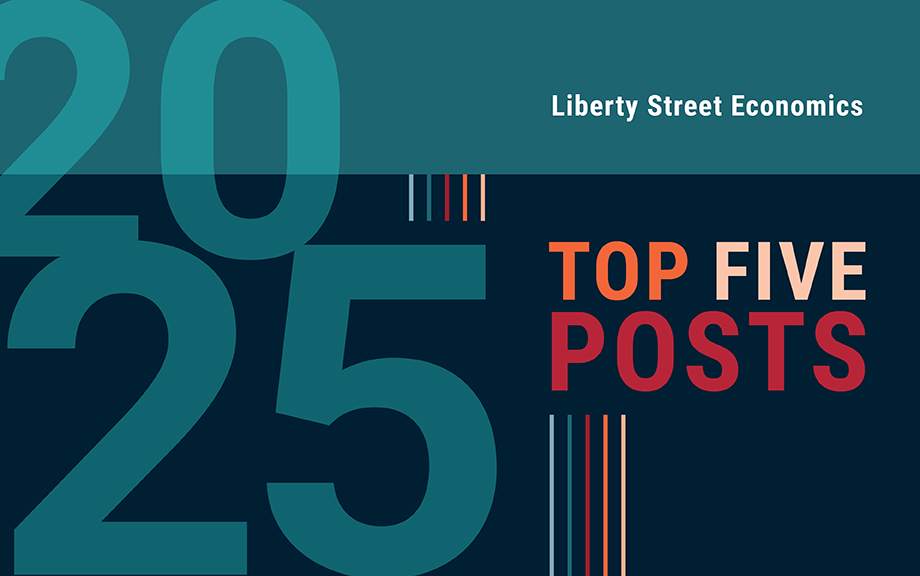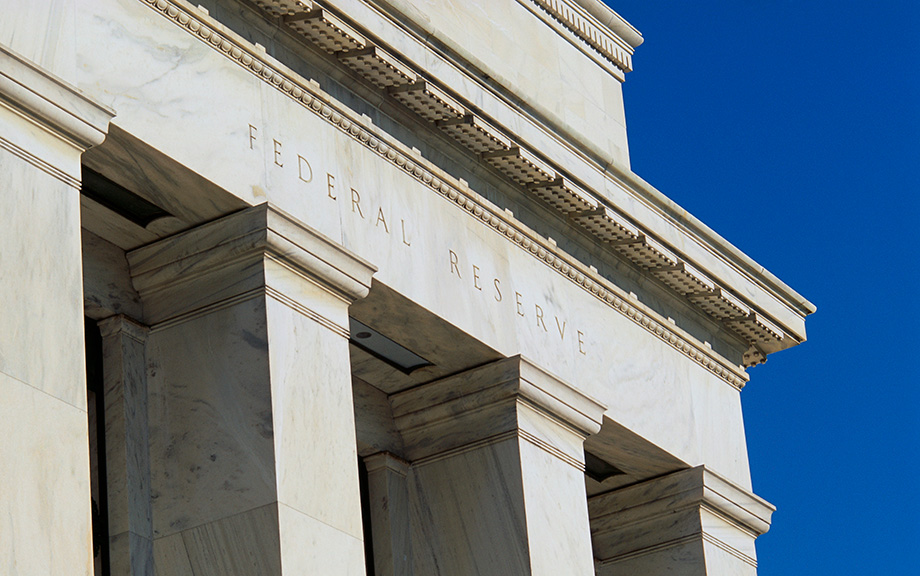
Each year brings a new set of economic challenges: In 2025, major areas of focus included tariffs and trade tensions, as well as the financial pressures facing younger adults. New York Fed economists contributed insightful research on both topics—and readers took notice. In fact, all five of the year’s most-read posts on Liberty Street Economics analyzed aspects of these issues. Read on to see how the restoration of student loan data to credit reports affected borrowers’ credit scores, whether the costs of a college degree are still worth it, how businesses are responding to higher tariffs, and why the U.S. runs a trade deficit.



















 RSS Feed
RSS Feed Follow Liberty Street Economics
Follow Liberty Street Economics